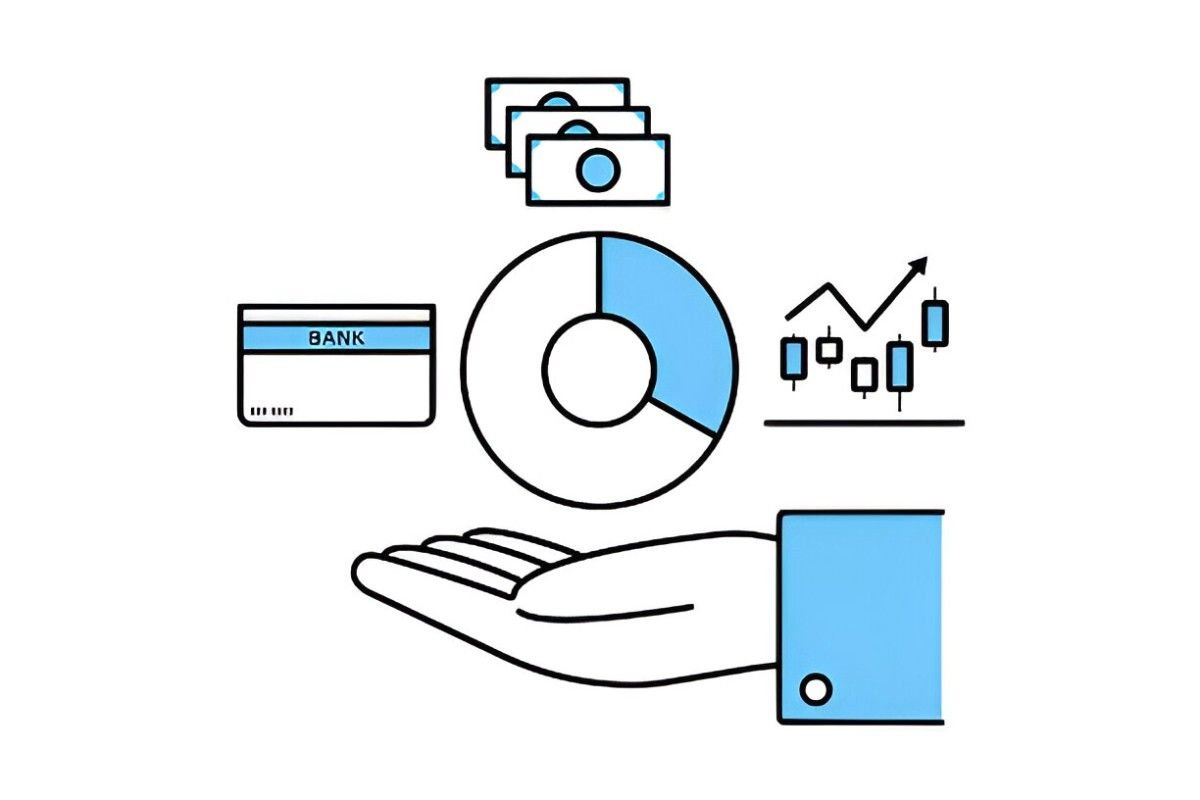As a finance expert, I often get asked how to evaluate mutual funds beyond just looking at past returns. Three key metrics—Alpha, Beta, and the Sharpe Ratio—help investors assess risk-adjusted performance, market sensitivity, and overall efficiency. In this guide, I’ll break down these concepts in plain English, show you how to calculate them, and explain how they influence investment decisions.
Table of Contents
1. What Are Alpha, Beta, and Sharpe Ratio?
Before diving into mutual funds, let’s define these metrics:
- Alpha (\alpha) measures a fund’s performance relative to its benchmark. A positive alpha means the fund outperformed the market after adjusting for risk.
- Beta (\beta) indicates how volatile a fund is compared to the market. A beta of 1 means it moves with the market; >1 means more volatile, and <1 means less.
- Sharpe Ratio evaluates risk-adjusted returns by comparing excess returns to volatility. A higher Sharpe Ratio means better returns per unit of risk.
Now, let’s explore each in detail.
2. Alpha: The Measure of Excess Returns
What Does Alpha Tell Us?
Alpha answers: “Did the fund manager add value beyond market movements?”
- Positive Alpha → The fund beat its benchmark.
- Negative Alpha → The fund underperformed.
How to Calculate Alpha
The formula for Alpha is:
\alpha = R_p - [R_f + \beta (R_m - R_f)]Where:
- R_p = Portfolio return
- R_f = Risk-free rate (e.g., 10-year Treasury yield)
- R_m = Market return
- \beta = Fund’s beta
Example Calculation
Suppose:
- A mutual fund returned 12% (R_p)
- The risk-free rate is 2% (R_f)
- The market (S&P 500) returned 10% (R_m)
- The fund’s beta is 1.2
Plugging into the formula:
\alpha = 12\% - [2\% + 1.2 (10\% - 2\%)] = 12\% - [2\% + 9.6\%] = 0.4\%A 0.4% alpha means the fund slightly outperformed expectations.
Why Alpha Matters in Mutual Funds
- Active vs. Passive Management: High-alpha funds justify active management fees.
- Skill Assessment: Consistently positive alpha suggests skilled fund managers.
However, alpha alone isn’t enough—we must also consider risk.
3. Beta: Measuring Market Risk
What Does Beta Tell Us?
Beta measures a fund’s sensitivity to market swings:
| Beta Value | Interpretation |
|---|---|
| < 0 | Moves opposite to the market (rare) |
| 0 | No correlation with the market |
| 0.5 | 50% less volatile than the market |
| 1 | Moves with the market |
| 1.5 | 50% more volatile than the market |
How Beta Affects Investment Decisions
- Conservative Investors prefer low-beta funds (0.7-1.0).
- Aggressive Investors may tolerate high-beta funds (>1.2) for higher returns.
Example: Two Mutual Funds
| Fund | Beta | Market Up 10% | Market Down 10% |
|---|---|---|---|
| Fund A (Beta=0.8) | +8% | -8% | |
| Fund B (Beta=1.3) | +13% | -13% |
Fund B offers higher gains in bull markets but steeper drops in downturns.
4. Sharpe Ratio: Risk-Adjusted Performance
What Does the Sharpe Ratio Tell Us?
Developed by Nobel laureate William Sharpe, this ratio measures:
“How much extra return am I getting for each unit of risk?”
Sharpe Ratio Formula
Sharpe\ Ratio = \frac{R_p - R_f}{\sigma_p}Where:
- \sigma_p = Standard deviation (volatility) of the fund’s returns
Example Calculation
Suppose:
- Fund return (R_p) = 10%
- Risk-free rate (R_f) = 2%
- Standard deviation (\sigma_p) = 8%
A Sharpe Ratio of 1.0 is considered good. Above 2.0 is excellent.
Interpreting Sharpe Ratio in Mutual Funds
- Higher Sharpe Ratio → Better risk-adjusted returns.
- Negative Sharpe Ratio → The fund underperformed the risk-free rate.
5. Using Alpha, Beta, and Sharpe Ratio Together
Case Study: Comparing Two Mutual Funds
| Metric | Fund X | Fund Y |
|---|---|---|
| Alpha | 1.5% | -0.2% |
| Beta | 1.1 | 0.9 |
| Sharpe Ratio | 1.3 | 0.8 |
Analysis:
- Fund X has a positive alpha, slightly higher beta, and a strong Sharpe Ratio—indicating good risk-adjusted returns.
- Fund Y has a negative alpha, lower beta, and a weaker Sharpe Ratio—suggesting it’s safer but less rewarding.
Which Fund Should You Choose?
- Growth-Oriented Investors → Fund X (higher alpha & returns).
- Risk-Averse Investors → Fund Y (lower volatility).
6. Limitations of These Metrics
- Past Performance ≠ Future Results: These metrics rely on historical data.
- Assumes Normal Markets: Black swan events (like 2008 crashes) distort beta and Sharpe Ratio.
- Fund-Specific Factors: Expenses, sector focus, and management changes impact results.
7. Final Thoughts: How I Use These Metrics
When I analyze mutual funds, I:
- Check Alpha → Is the manager adding value?
- Assess Beta → Does the fund’s risk match my tolerance?
- Evaluate Sharpe Ratio → Are returns worth the volatility?
By combining these metrics, I make informed decisions rather than chasing past returns blindly.





